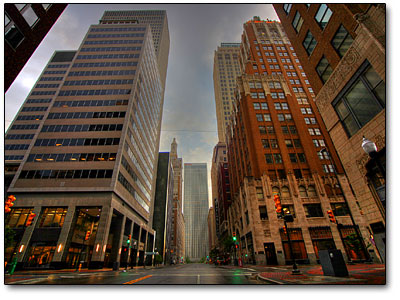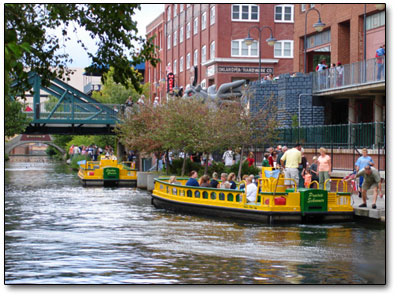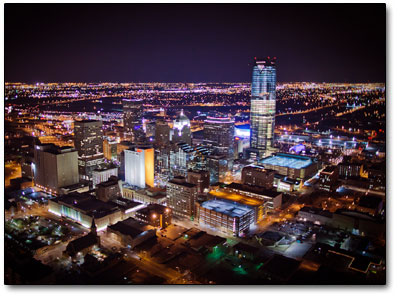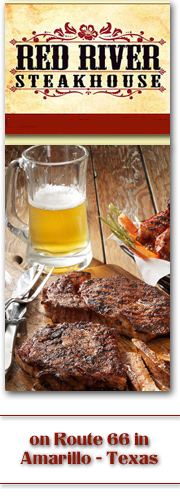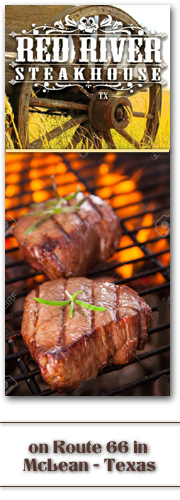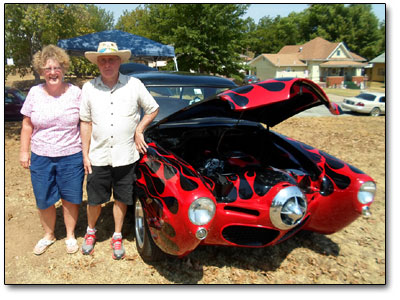
In Oklahoma travelers will pass through a number of small towns on the way to Vinita, which is located in northeastern Oklahoma in a region of the state known as Green Country. It sits at the base of the Ozark Highlands topographical region in a mix of prairie and forest. Vinita was established in 1871 by Elias Cornelius Boudinot. The city was first named Downingville, a primarily Native American community, it was the first city in the state with electricity.

